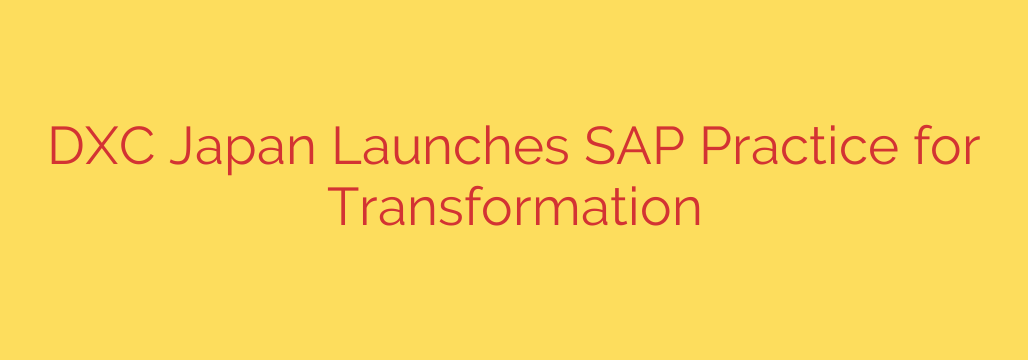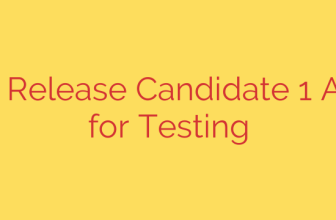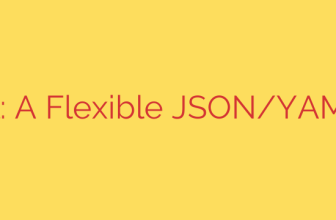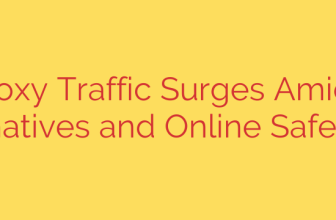
Navigating the Shift to SAP S/4HANA: A Guide to Business Transformation
The clock is ticking for thousands of businesses running on SAP ERP systems. With mainstream support for the widely-used SAP ERP Central Component (ECC) 6.0 ending in 2027, the move to the next-generation SAP S/4HANA is no longer a distant consideration—it’s a strategic business imperative.
However, viewing this transition as merely a technical upgrade is a critical mistake. The migration to S/4HANA represents a rare opportunity to fundamentally reshape business operations, drive innovation, and build a more agile, data-driven enterprise. This is not just about keeping the lights on; it’s about preparing your organization for the future.
The Challenge: More Than a Deadline
The “2027 problem” presents a significant challenge. Migrating an enterprise-level ERP system is a complex undertaking that touches every facet of an organization, from finance and supply chain management to human resources and customer relations.
A successful transition requires more than just IT resources. It demands a re-evaluation of long-standing business processes, a clear strategy for data management, and a roadmap for leveraging the powerful new capabilities of S/4HANA. Companies that simply “lift and shift” their old processes onto the new platform risk carrying forward legacy inefficiencies, ultimately missing the true value of the investment.
The Solution: A Modernized, Holistic Approach
To navigate this complex journey successfully, organizations need a structured and comprehensive strategy. A modern approach to SAP S/4HANA migration focuses on turning the technical necessity into a catalyst for genuine transformation.
Key elements of a successful migration strategy include:
- A dedicated team of experts: Assembling a specialized practice with deep technical knowledge and extensive experience is crucial. This team should be equipped to handle every stage of the process, from initial assessment to post-migration support. Leveraging global expertise and a network of thousands of SAP professionals ensures that best practices are applied, no matter the industry or scale.
- Comprehensive lifecycle support: The migration journey doesn’t end at go-live. True modernization requires a partner who can provide end-to-end services. This includes initial assessments, meticulous planning, system implementation, and—most importantly—continuous optimization and automated operations after the migration is complete.
- A factory-based migration model: To ensure efficiency, reduce costs, and minimize risk, a standardized “factory” approach is highly effective. This methodology leverages proven tools, repeatable processes, and automation to streamline the conversion, allowing for a predictable and high-quality outcome.
- Strong cloud partnerships: The move to S/4HANA is often synonymous with a move to the cloud. Aligning with major cloud providers like Amazon Web Services (AWS), Microsoft Azure, and Google Cloud is essential for building a flexible, scalable, and resilient infrastructure.
Actionable Steps for Your S/4HANA Journey
Embarking on this transformation can feel daunting. Here are a few actionable steps to get started:
- Conduct a Thorough Assessment: Before you do anything else, perform a deep dive into your current SAP environment. Understand your custom code, evaluate your existing business processes, and identify which data is critical to migrate. This foundational step will inform your entire strategy.
- Define Your “Why”: Look beyond the 2027 deadline. What does your business hope to achieve with S/4HANA? Whether it’s real-time analytics, a more responsive supply chain, or a better customer experience, defining clear business outcomes will guide your decision-making and ensure you unlock new business value.
- Choose the Right Path: There isn’t a one-size-fits-all migration path. You might choose a “Greenfield” approach (a completely new implementation), a “Brownfield” approach (a system conversion), or a hybrid model. Your choice should be based on your assessment and your ultimate business goals.
- Prioritize Change Management: An ERP migration is a business project, not just an IT project. Secure executive buy-in from the start and implement a robust change management program to prepare your employees for new processes and workflows. A smooth transition depends as much on people as it does on technology.
The shift to SAP S/4HANA is a defining moment for modern enterprises. By approaching it with a strategic, forward-looking mindset, businesses can move beyond simply meeting a deadline and instead build a foundation for sustained growth, efficiency, and competitiveness in the years to come.
Source: https://datacenternews.asia/story/dxc-launches-new-sap-practice-in-japan-to-drive-transformation








